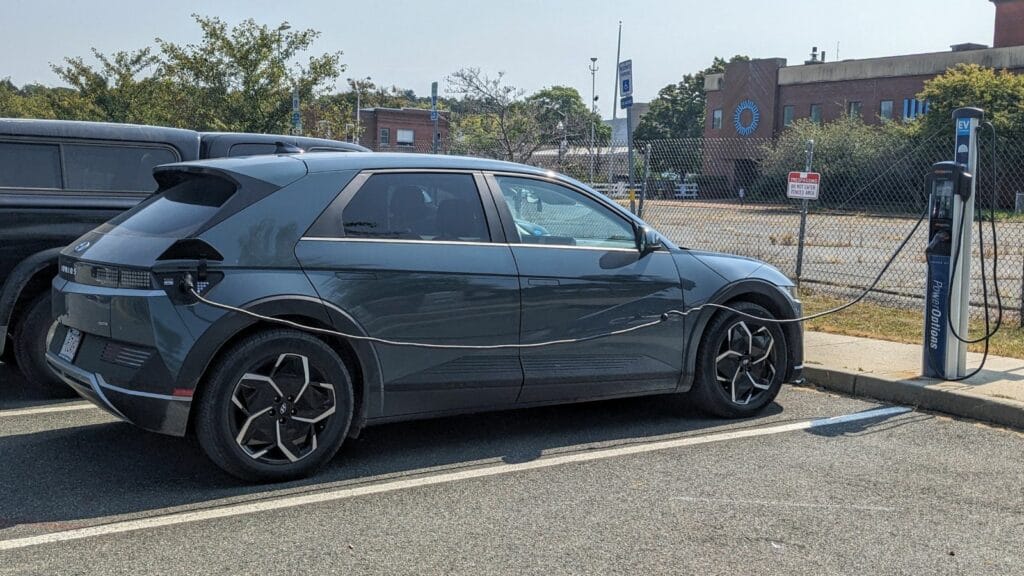Electric vehicles were once the shining beacon of the automotive future. From bold marketing campaigns to massive R and D investments, it seemed like every brand wanted to be seen as leading the electric revolution. Fast forward to 2025, and the tone has shifted. Reality has set in, and while EVs are still very much part of the long-term plan, the rush to go all-electric is slowing. The reasons range from hard economics to consumer hesitation, and together they paint a picture of an industry recalibrating its expectations.
Slower Than Expected Sales Growth
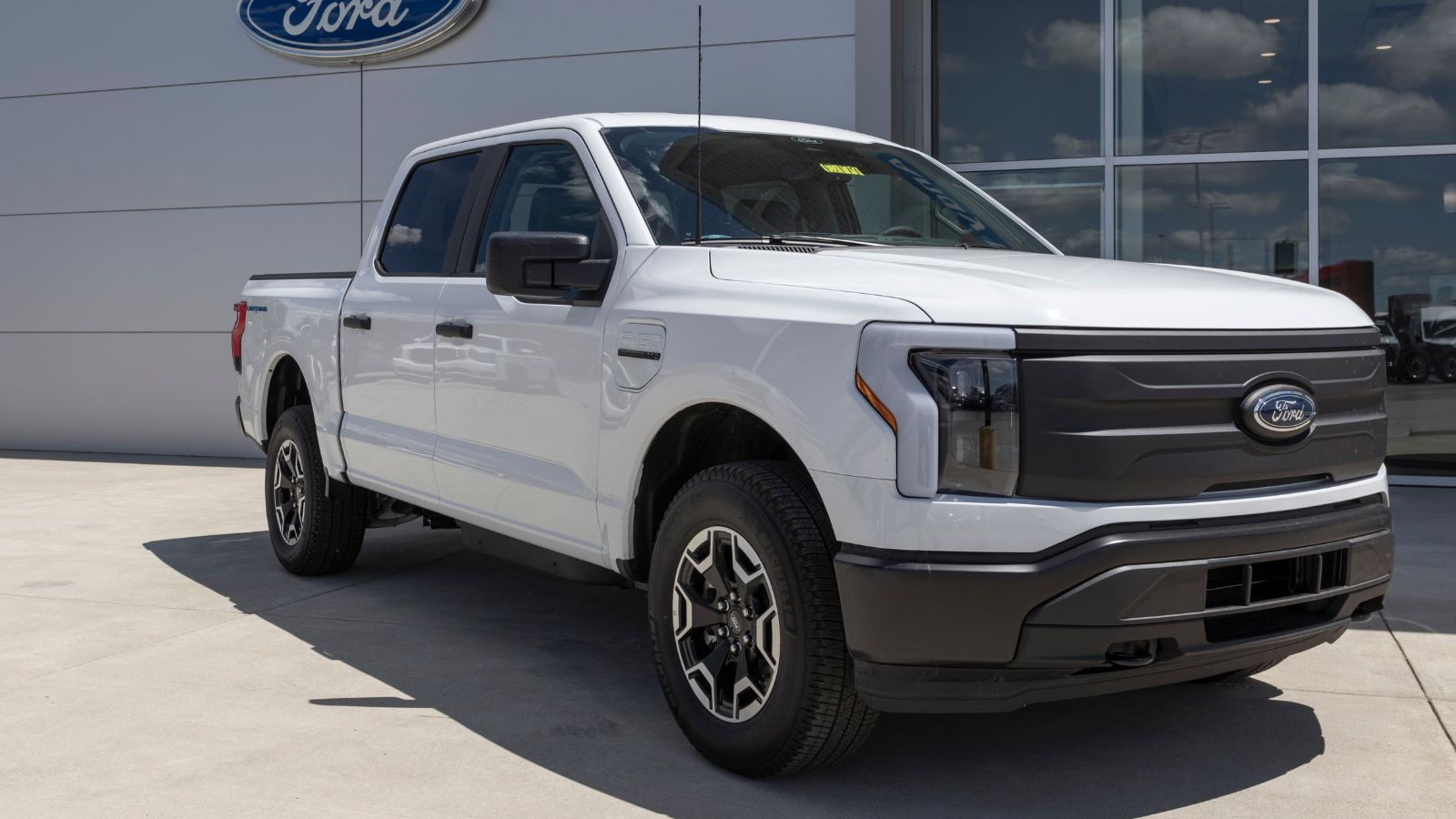
When Tesla proved that EVs could be both quick and desirable, many automakers assumed the masses would quickly follow. Instead, after an initial surge in sales to tech enthusiasts and environmentally conscious buyers, growth rates have leveled off. Companies like Ford have publicly acknowledged that sales of models like the F-150 Lightning are slower than projections, leading to production cuts.
Charging Infrastructure Bottlenecks
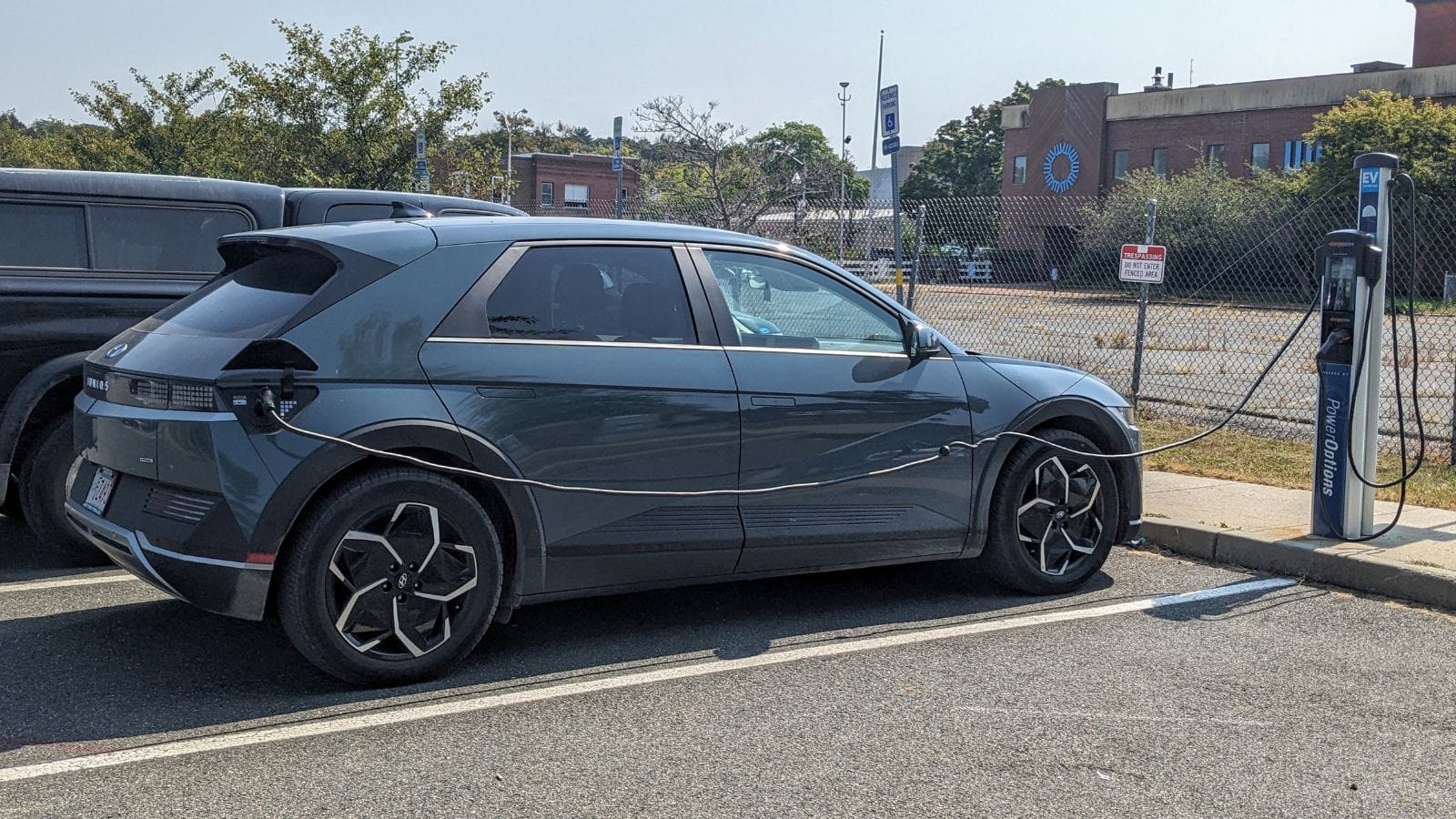
In major urban centers, fast chargers are becoming common, but large parts of North America still lack reliable coverage. The dream of charging anywhere is still just that — a dream. Automakers like GM and Hyundai have admitted that many customers delay buying EVs because their daily routes and travel plans do not align with existing charger locations. In rural Canada, for example, long stretches without a station can make an EV impractical.
High Production Costs
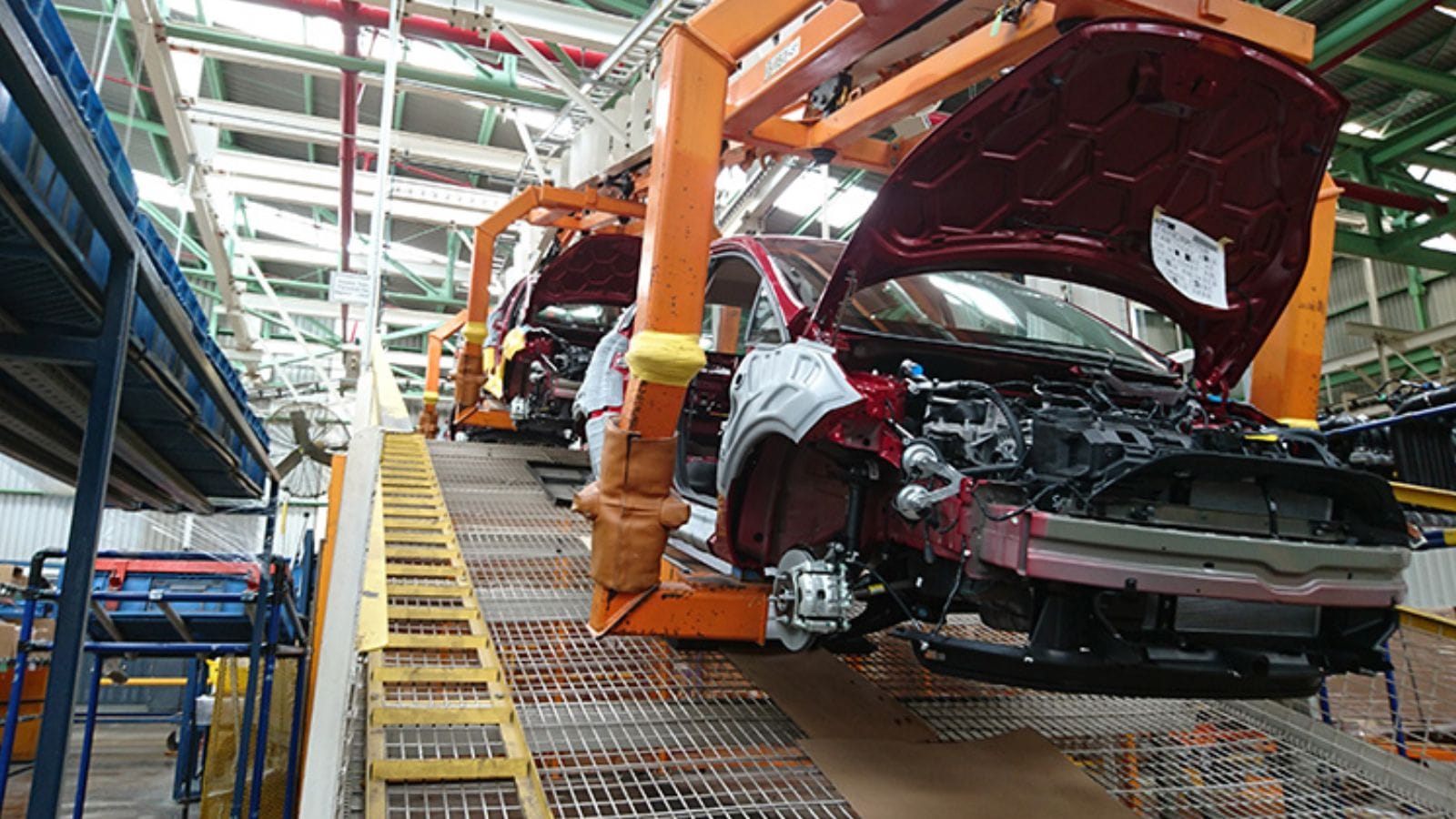
EV production requires new assembly lines, specialized training, and expensive materials. Batteries are the most costly component, sometimes accounting for a third of a vehicle’s price. While brands like Toyota and Volkswagen are working to reduce costs through in-house battery plants, the upfront investment is enormous, and those costs are not yet being offset by sales volume.
Supply Chain Strains
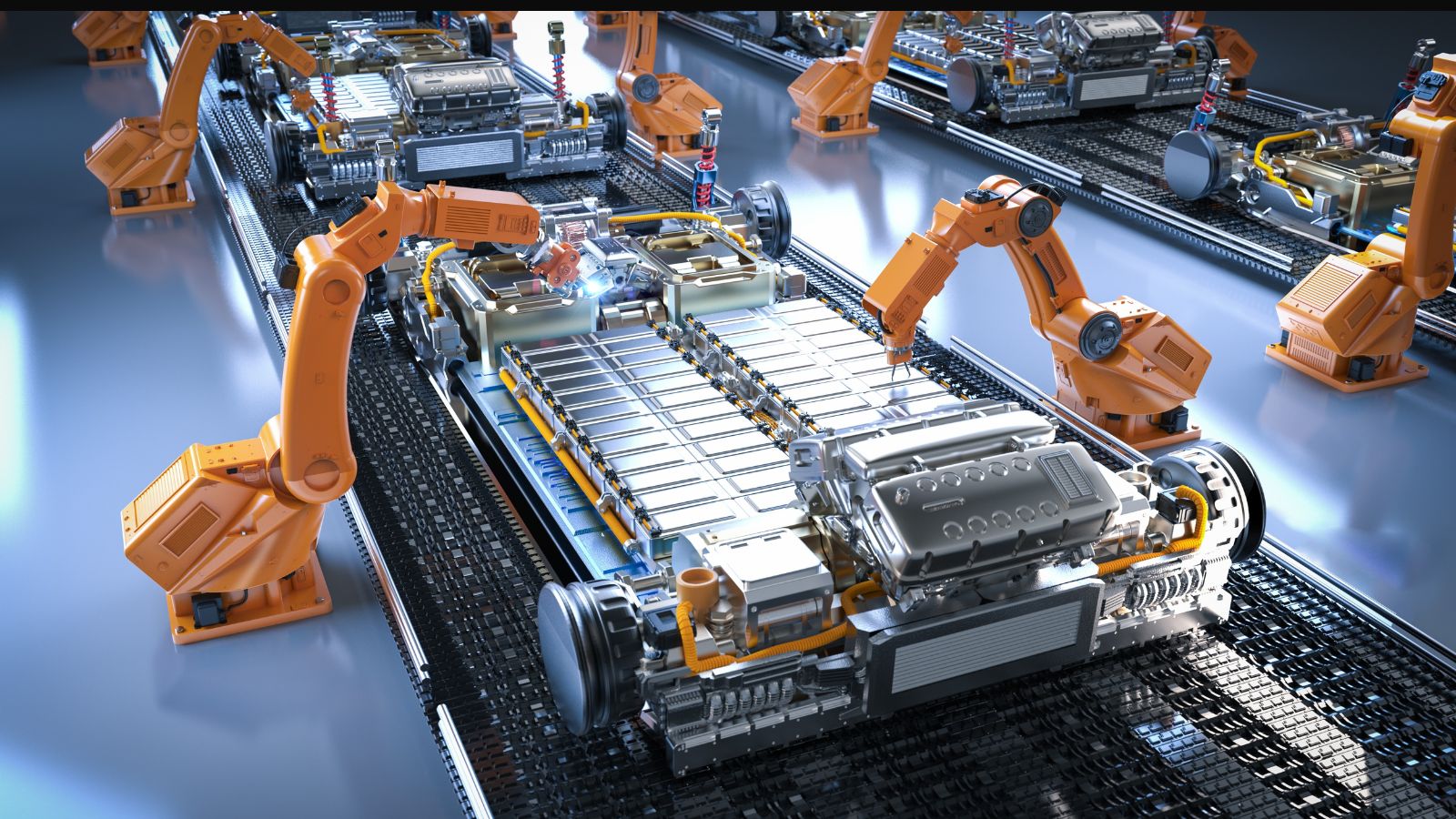
The global supply chain for EV materials has been under pressure since the pandemic. China dominates much of the battery material refining process, which leaves automakers vulnerable to geopolitical disruptions. Ford’s temporary delays in battery production earlier this year illustrate just how fragile the system can be.
Consumer Concerns About Battery Longevity

Even though warranties for EV batteries often stretch to eight years or more, buyers still worry about expensive replacements. Stories about older Nissan Leafs with severely reduced range or high Tesla battery replacement quotes have kept some buyers cautious. For drivers in cold climates, where batteries degrade faster, that caution turns into reluctance.
Weak Demand in Key Segments
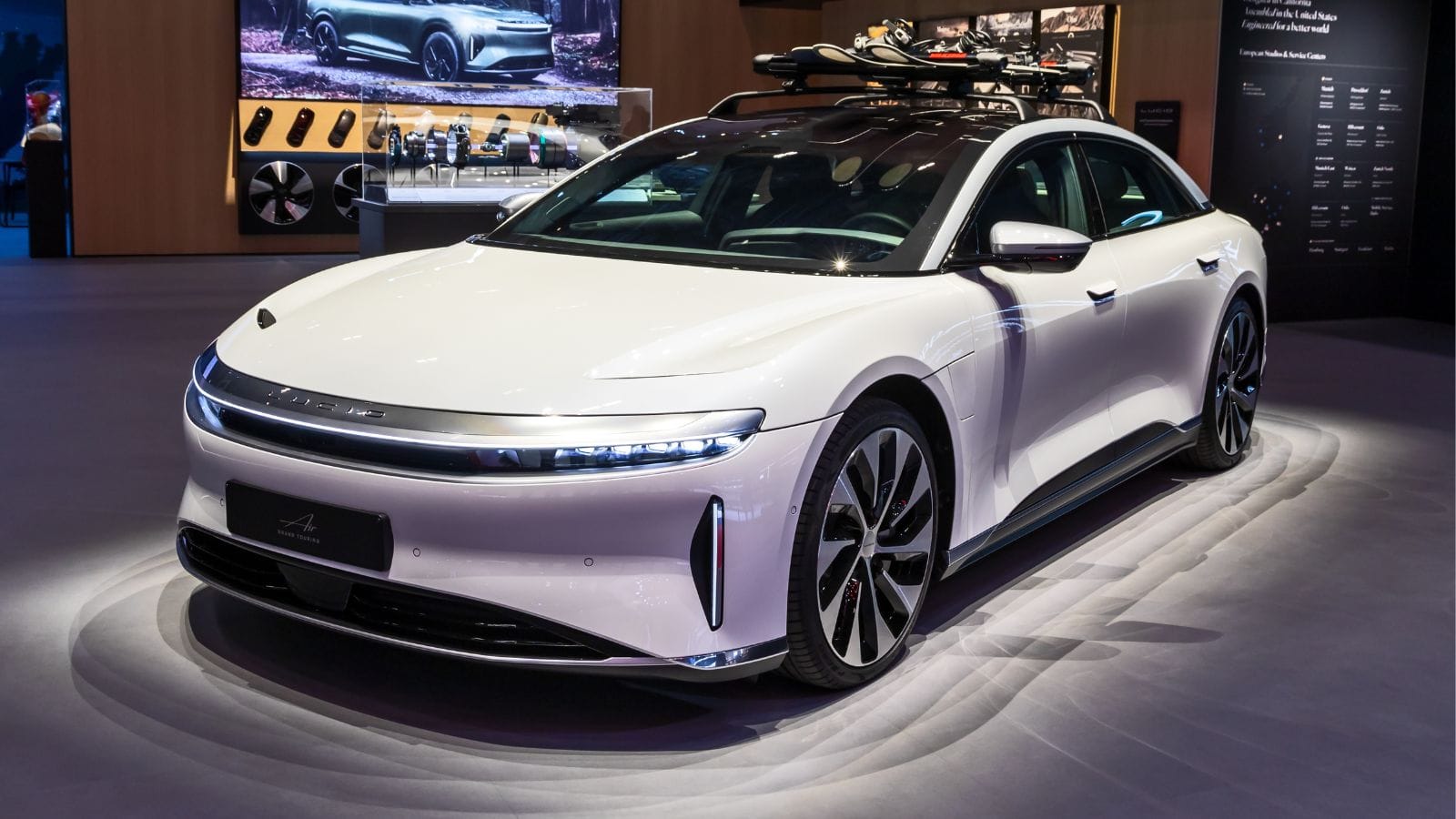
Luxury EVs have no trouble attracting attention. Models like the Porsche Taycan and Lucid Air appeal to a niche with deep pockets. However, the mass-market buyer who needs a dependable, affordable commuter car often chooses hybrids or efficient gasoline sedans instead. Automakers like Stellantis have slowed rollout plans for budget EVs in North America, citing limited profitability and demand.
Slow ROI for Automakers
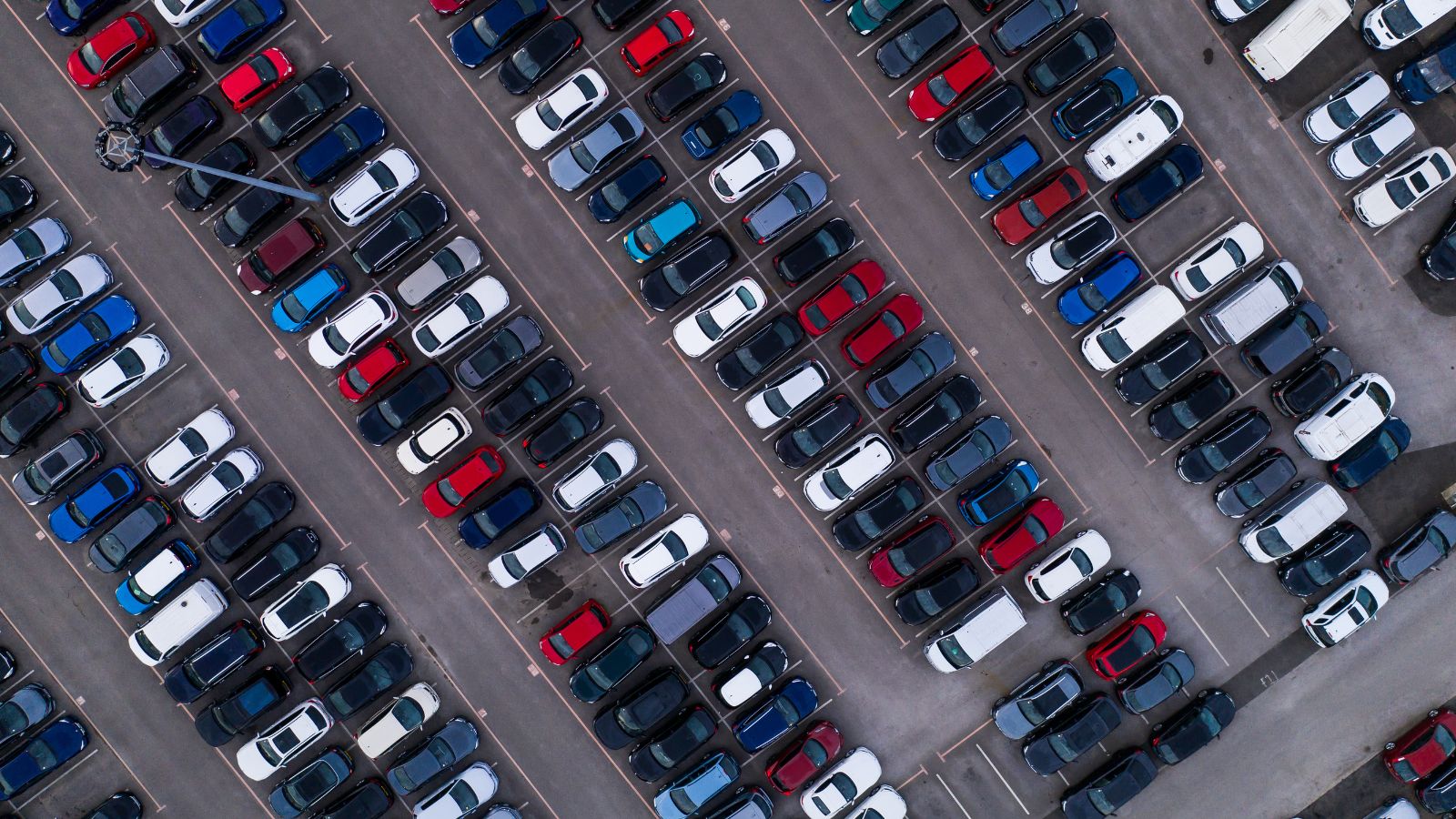
Massive EV programs take years to break even. Ford, GM, and Volkswagen have all hinted that their EV divisions are not yet profitable. Without steady demand, companies must decide whether to keep pouring money into new models or slow down until the market catches up.
Competitive Pressure from Hybrids
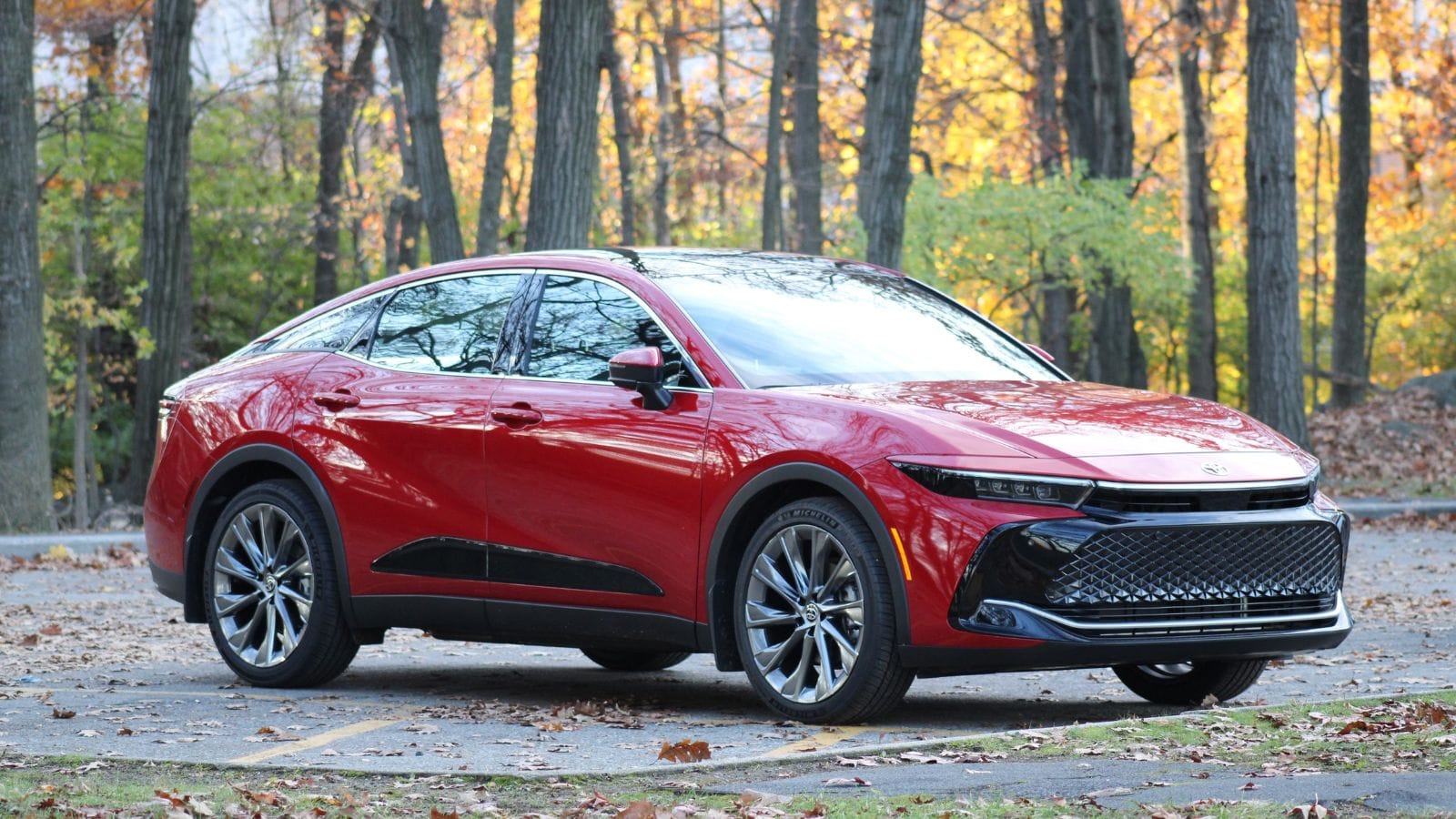
Hybrids have proven to be the quiet disruptor. They offer efficiency, lower emissions, and no range anxiety. Toyota’s hybrid sales in Canada jumped significantly in 2024, partly at the expense of EV growth. For many buyers, a hybrid feels like a more practical stepping stone than going fully electric.
Evolving Government Policies
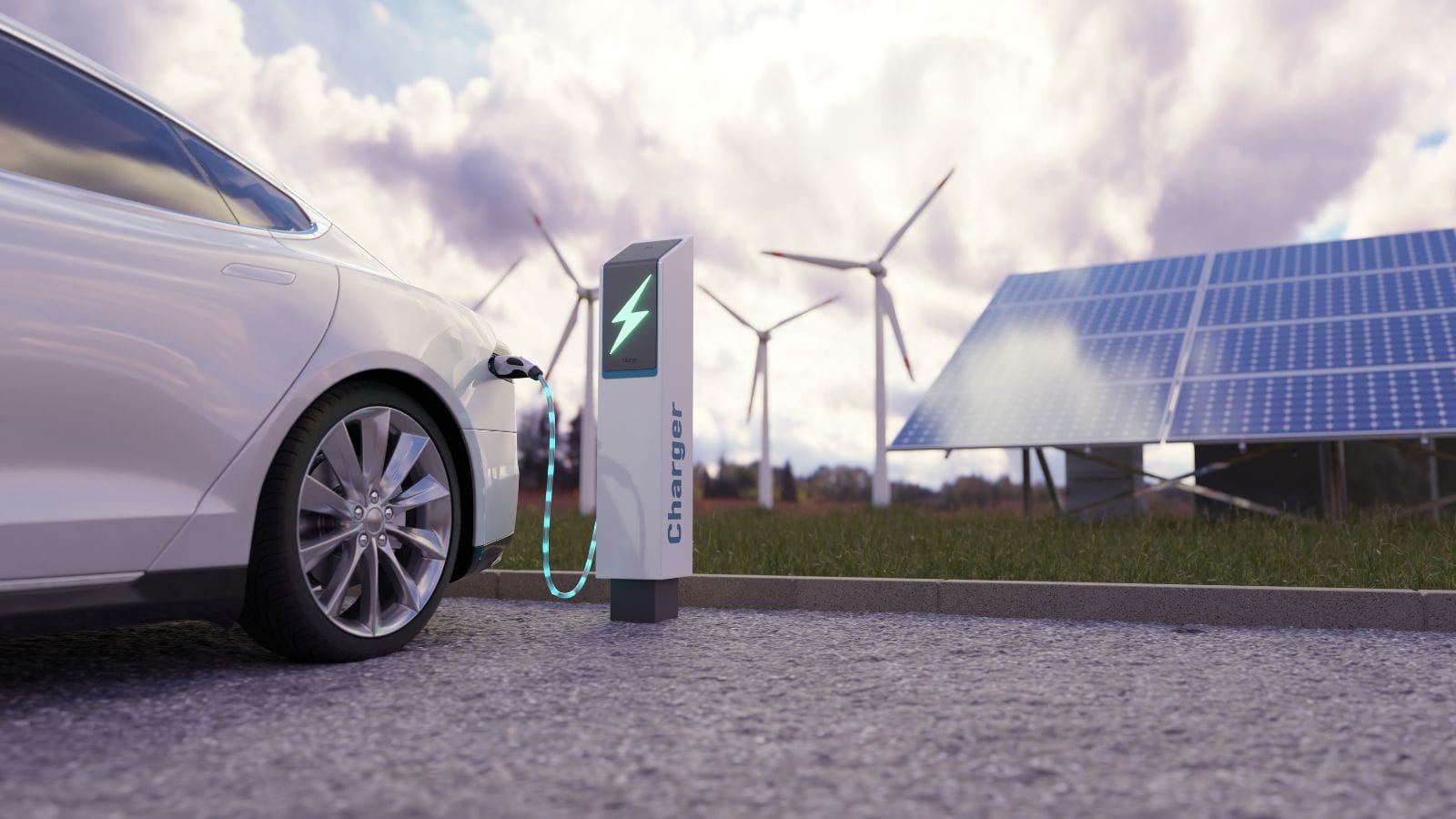
Incentives that once made EVs thousands of dollars cheaper have been reduced in several provinces and US states. Without these financial carrots, some buyers are walking away. The uncertainty about future emissions regulations has also made automakers cautious about overcommitting to EV-only strategies.
Battery Recycling Challenges
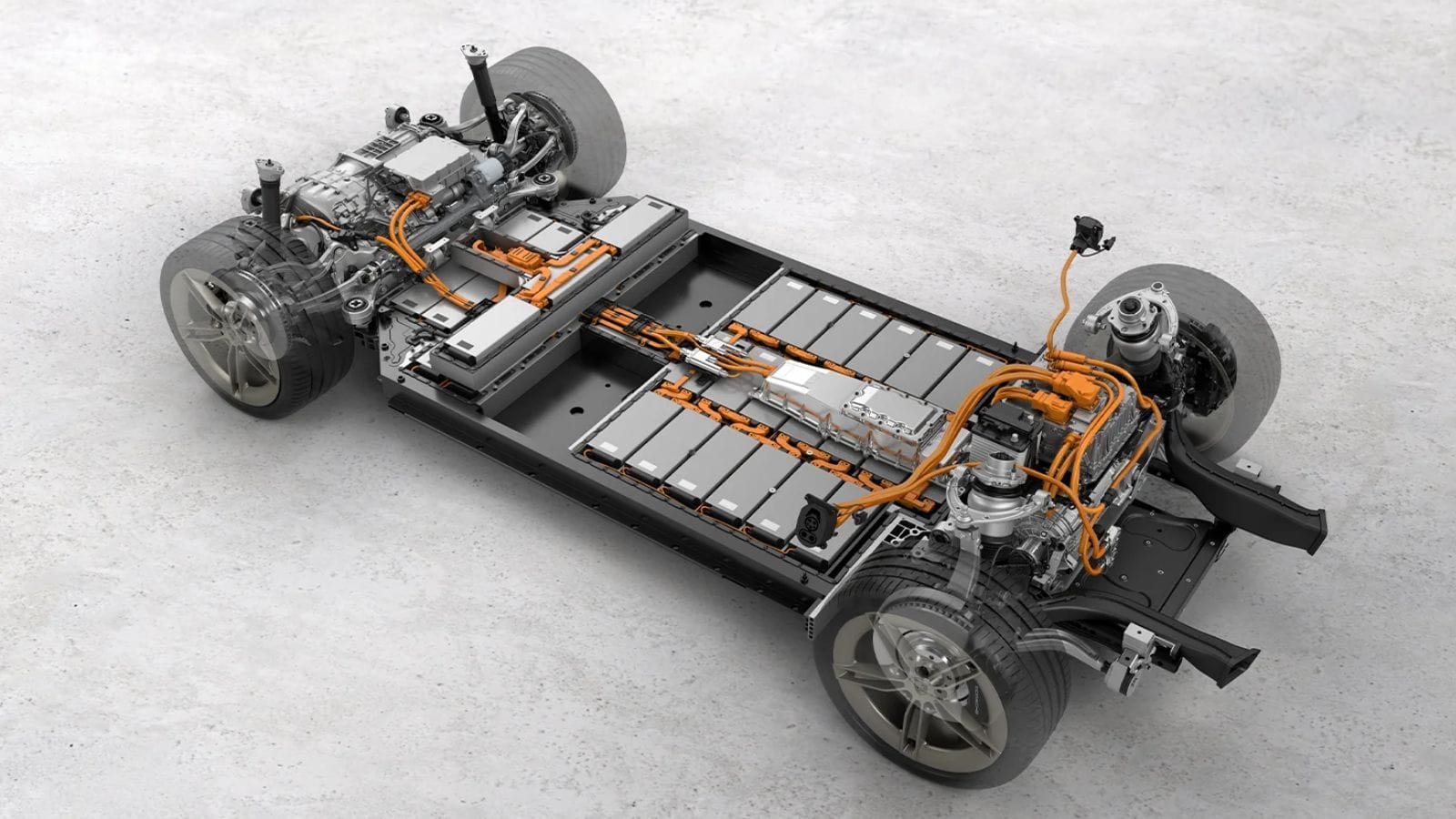
Disposing of old EV batteries is no small matter. Few facilities in North America are capable of recycling them efficiently, and shipping them overseas is costly and risky. Automakers know that if they cannot address this, environmental claims about EVs will face increased scrutiny.
Charging Speed Limitations
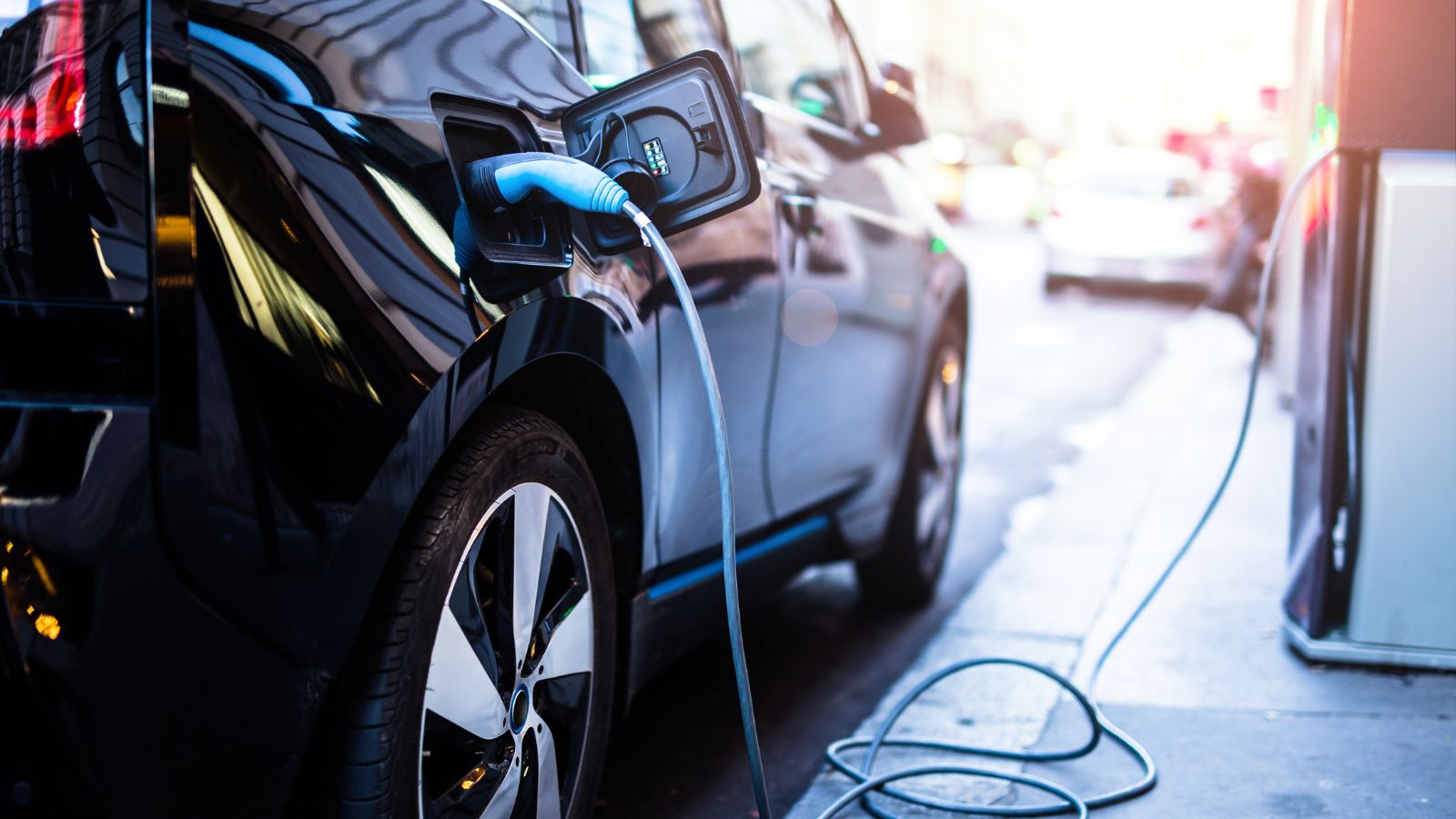
Despite advances in ultra-fast charging, the reality is that topping up an EV still takes much longer than refuelling a gasoline car. For drivers on road trips or in commercial operations, downtime is money lost. This remains one of the toughest barriers to widespread adoption.
Cold Weather Performance Issues
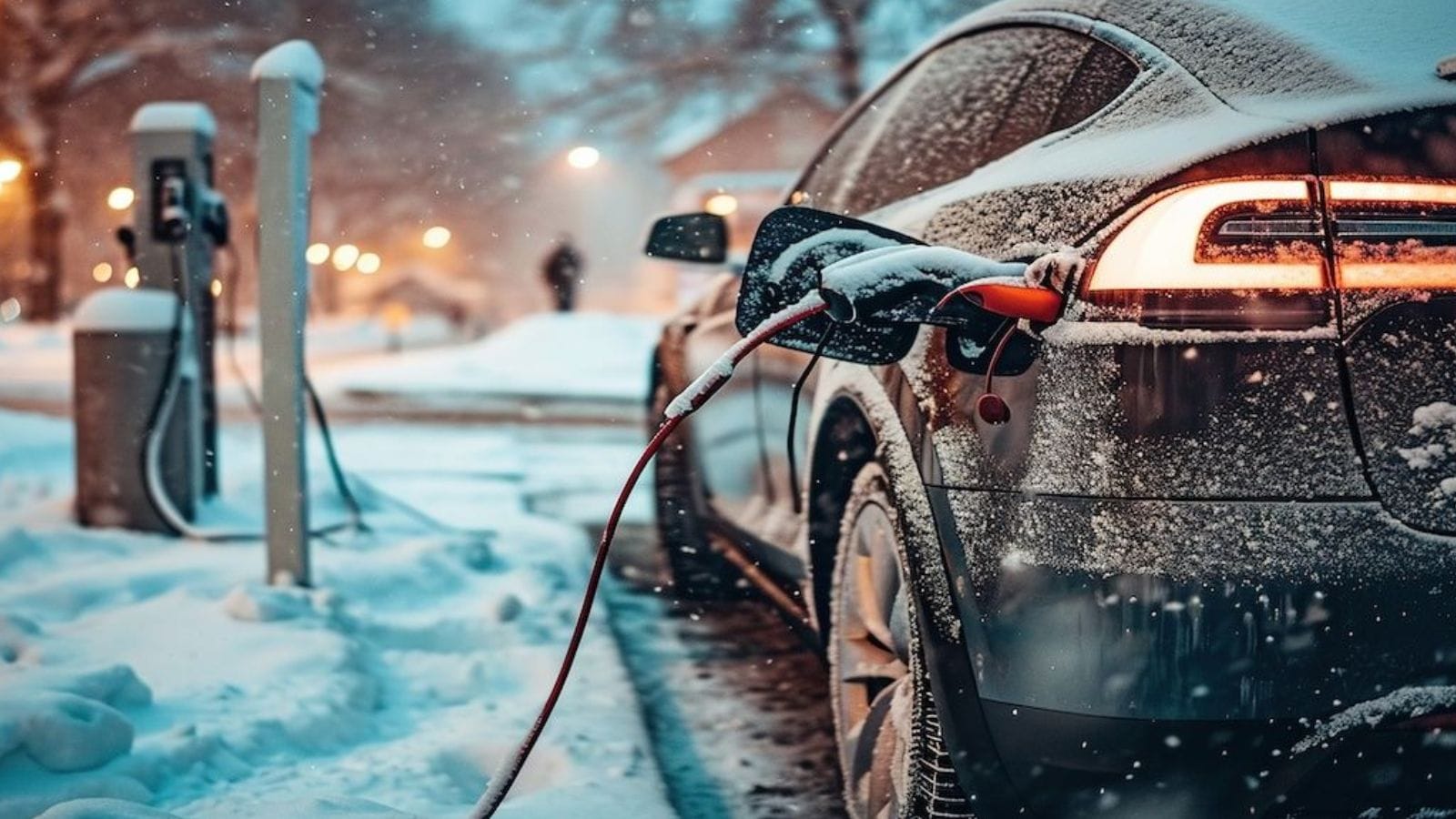
Canadian winters can slash EV range by 30 percent or more. Heating the cabin draws significant battery power, and cold batteries themselves are less efficient. Automakers like Rivian and Ford have been working on thermal management solutions, but it remains a major drawback for northern markets.
Used EV Market Uncertainty
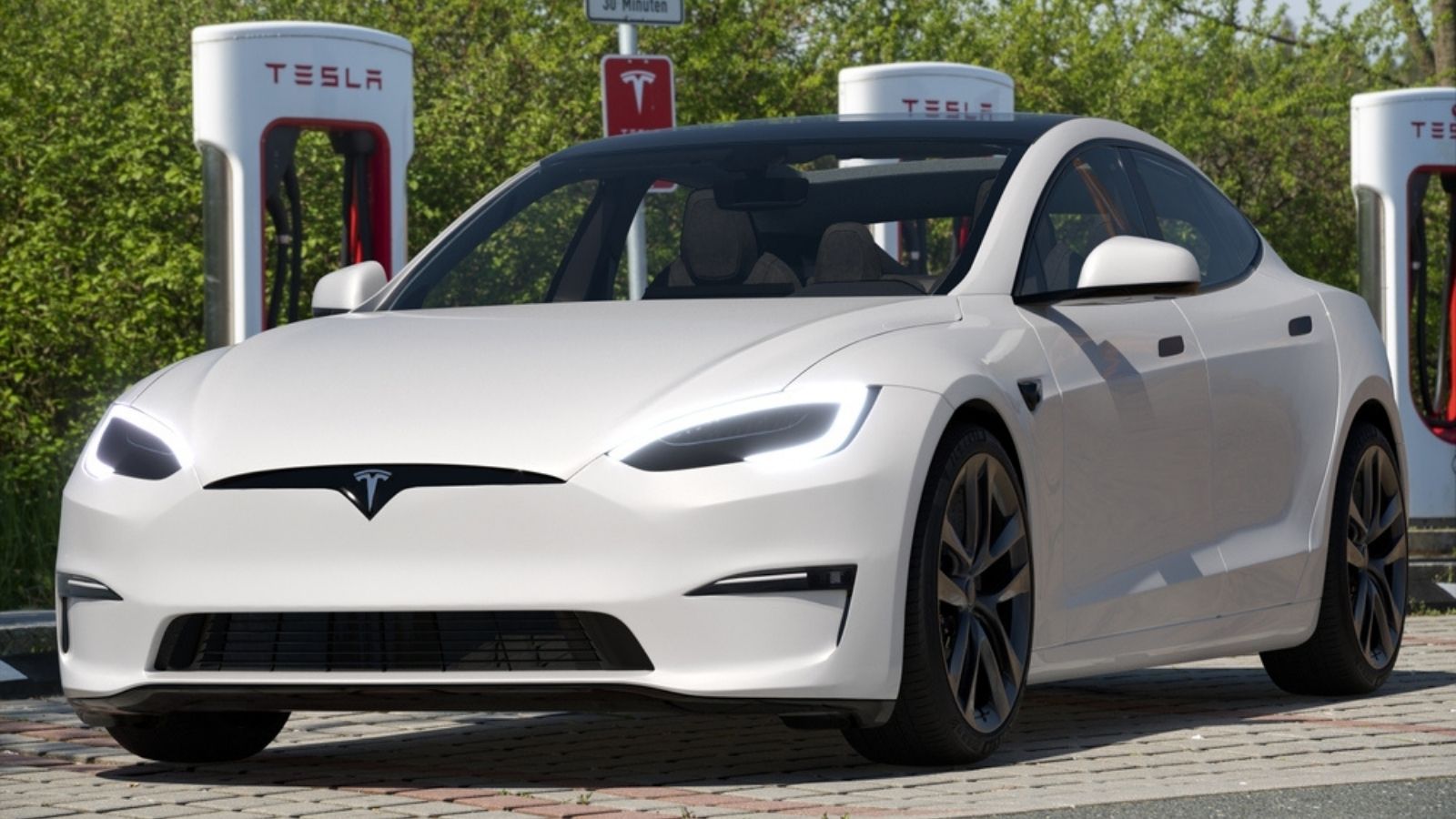
The resale value of EVs is proving volatile. Some models, like certain Teslas, have seen steep depreciation, while others hold value better. This unpredictability makes leasing more appealing, but it also discourages buyers who want long-term ownership without the fear of losing a large chunk of their investment.
Profit Margins Under Pressure

EVs are expensive to develop and do not yet benefit from the economies of scale that gasoline vehicles enjoy. For now, every EV sold at a loss makes automakers more cautious about launching additional models. Some brands have quietly shelved upcoming EV projects to focus on more profitable product lines.
Market Saturation in Certain Segments
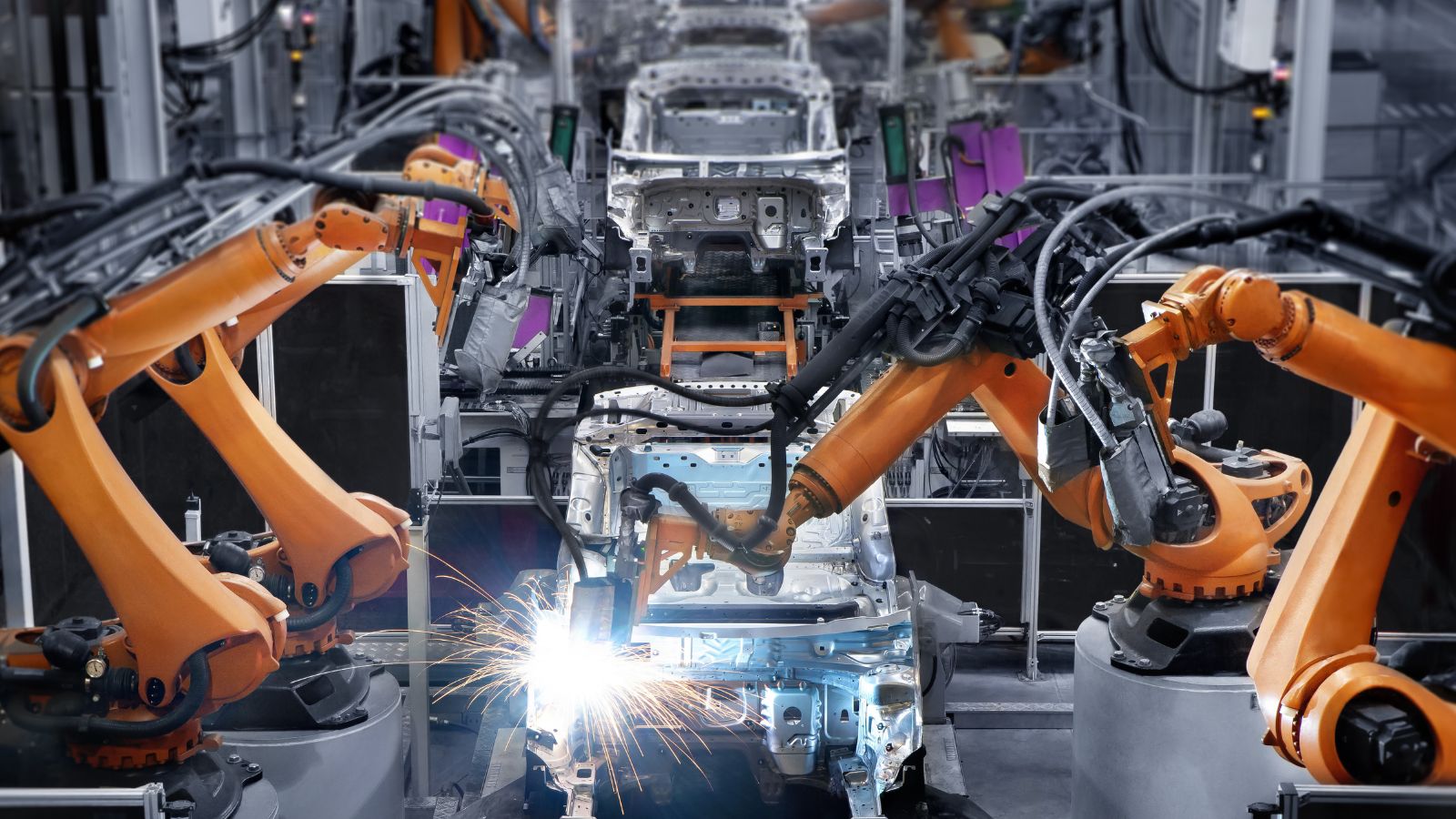
The EV crossover market is crowded, with models from nearly every brand competing for attention. Without significant differentiation in range, price, or technology, many of these vehicles are failing to stand out, and sales are falling short of expectations.
25 Facts About Car Loans That Most Drivers Don’t Realize

Car loans are one of the most common ways people fund car purchases. Like any other kind of loan, car loans can have certain features that can be regarded as an advantage or a disadvantage to the borrower. Understanding all essential facts about car loans and how they work to ensure that you get the best deal for your financial situation is essential. Here are 25 shocking facts about car loans that most drivers don’t realize:
25 Facts About Car Loans That Most Drivers Don’t Realize
